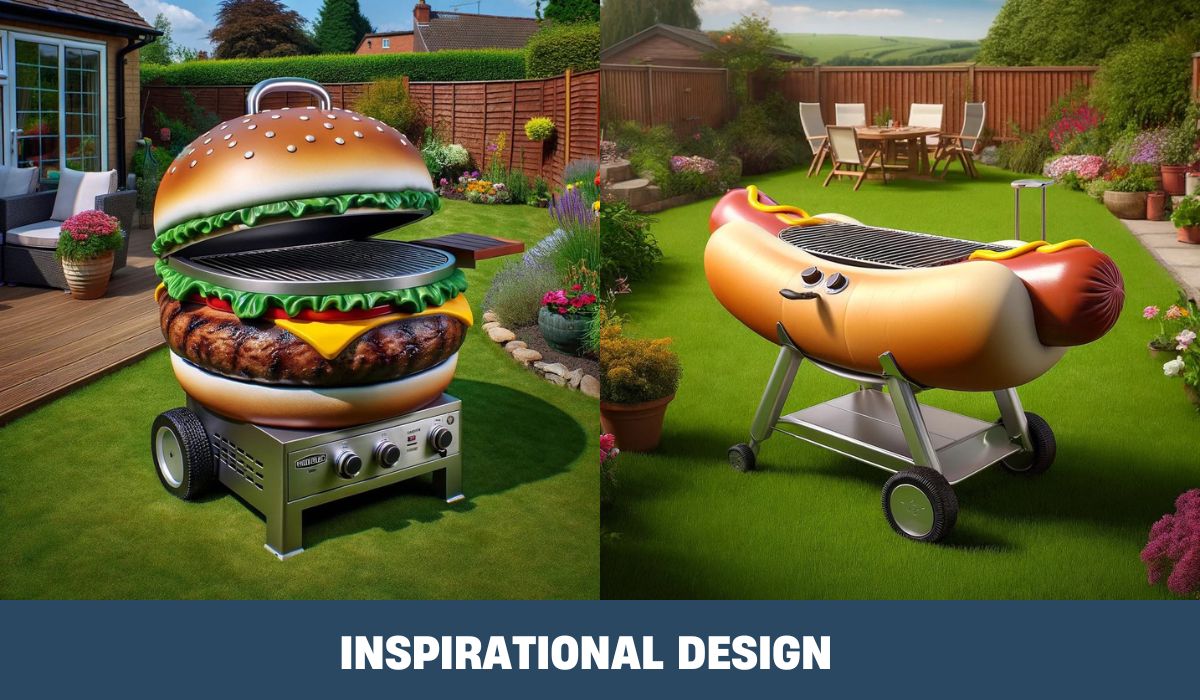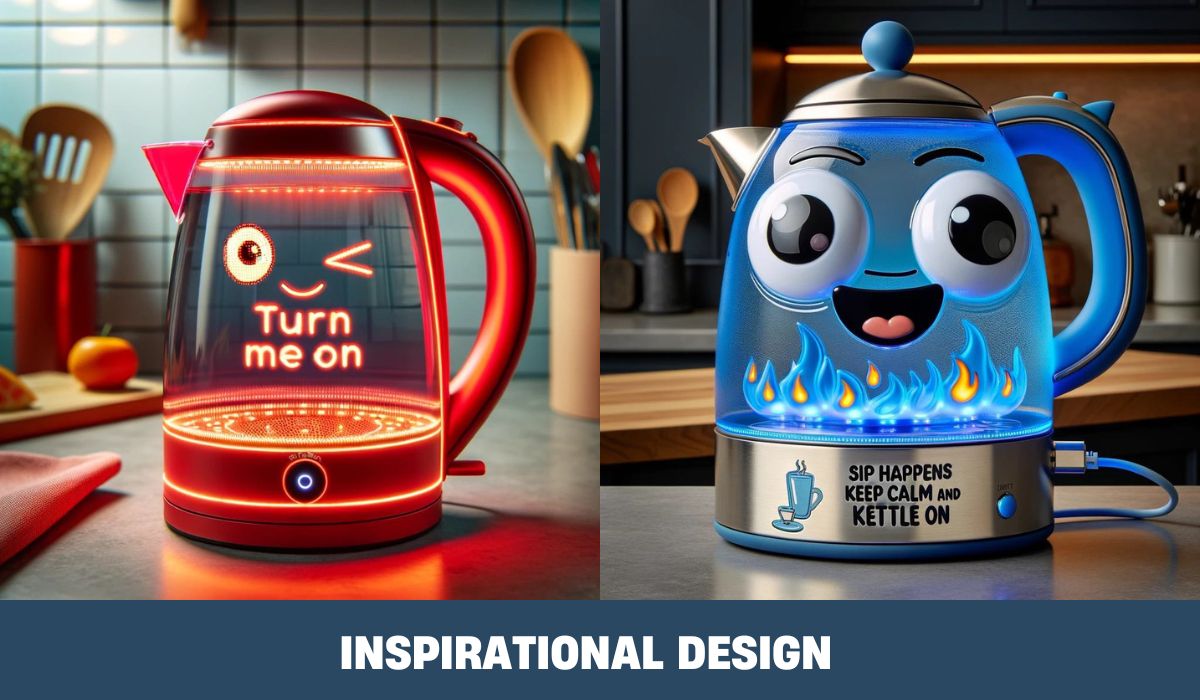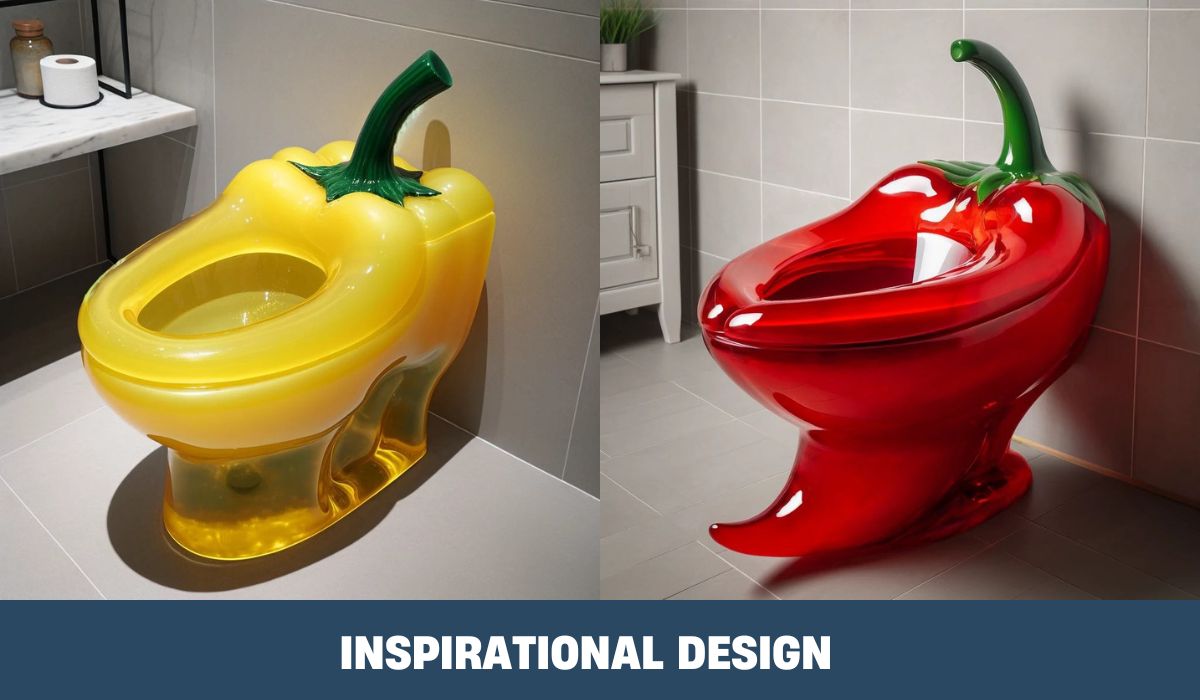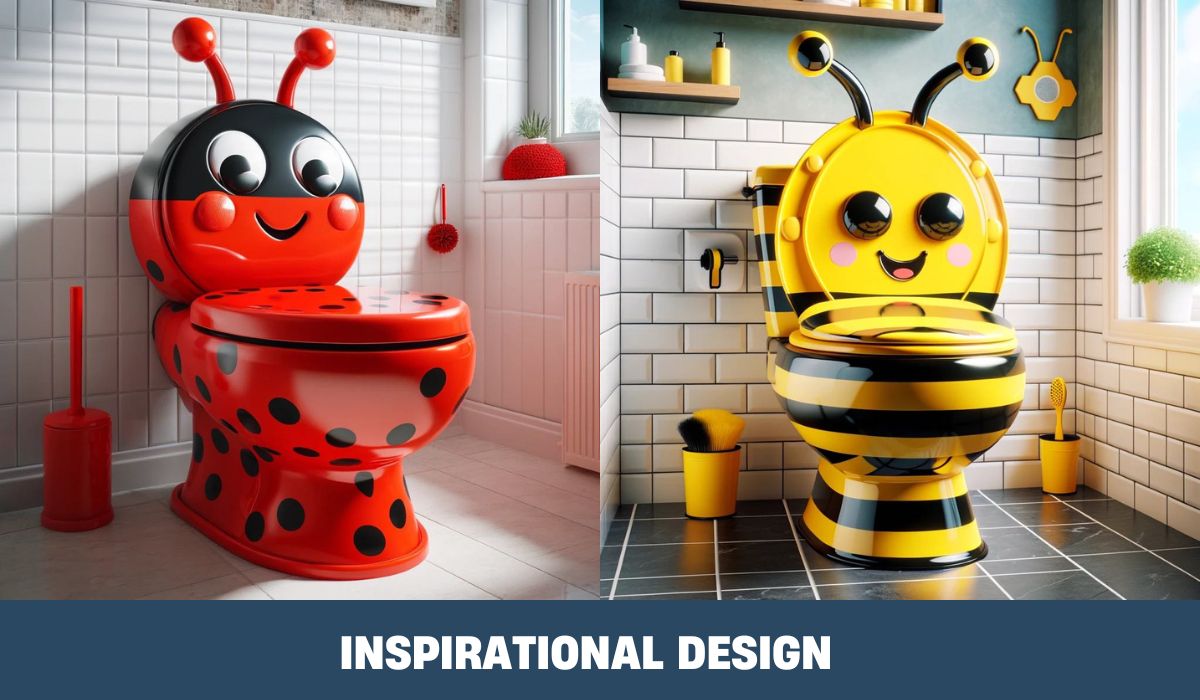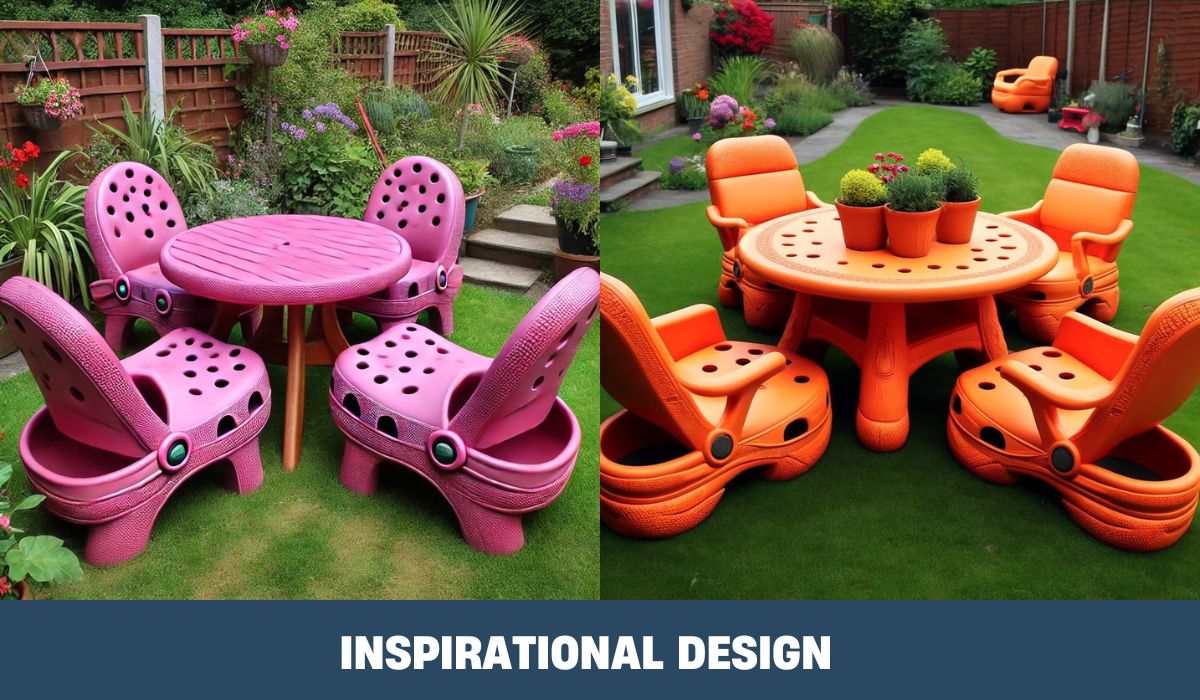In today’s world, where environmental consciousness and personal well-being are becoming increasingly important, the concept of a dry manicure emerged as a practical and sustainable solution for maintaining beautiful and healthy nails. This blog post aims to provide a comprehensive guide to the world of dry manicures, exploring its benefits, techniques, and tips for achieving flawless results.
Dry Manicure

What is a Dry Manicure?
A dry manicure, also known as a waterless manicure or a vegan manicure, is a nail care routine that eliminates the use of water and traditional nail polish remover. Unlike traditional manicures, which involve soaking the hands in water and using acetone-based removers, a dry manicure relies on specialized tools and techniques to gently buff and shape the nails without the need for harsh chemicals or excessive moisture.
The Concept of Dry Manicures
The concept of dry manicures arose from the growing awareness of the potential risks associated with prolonged exposure to chemicals found in many nail care products. Traditional nail polish removers often contain acetone, a potent solvent that can dry out the nails and cuticles, leading to brittleness and peeling. Additionally, the process of soaking the hands in water can cause the nails to become soft and prone to splitting or breaking.
Environmental and Health Benefits
Dry manicures offer several environmental and health benefits. By eliminating the use of harsh chemicals and reducing water consumption, they contribute to a more sustainable and eco-friendly approach to nail care. Furthermore, dry manicures protect the nails from excessive drying and damage, promoting healthier and stronger nails over time.
What is a Dry Manicure?
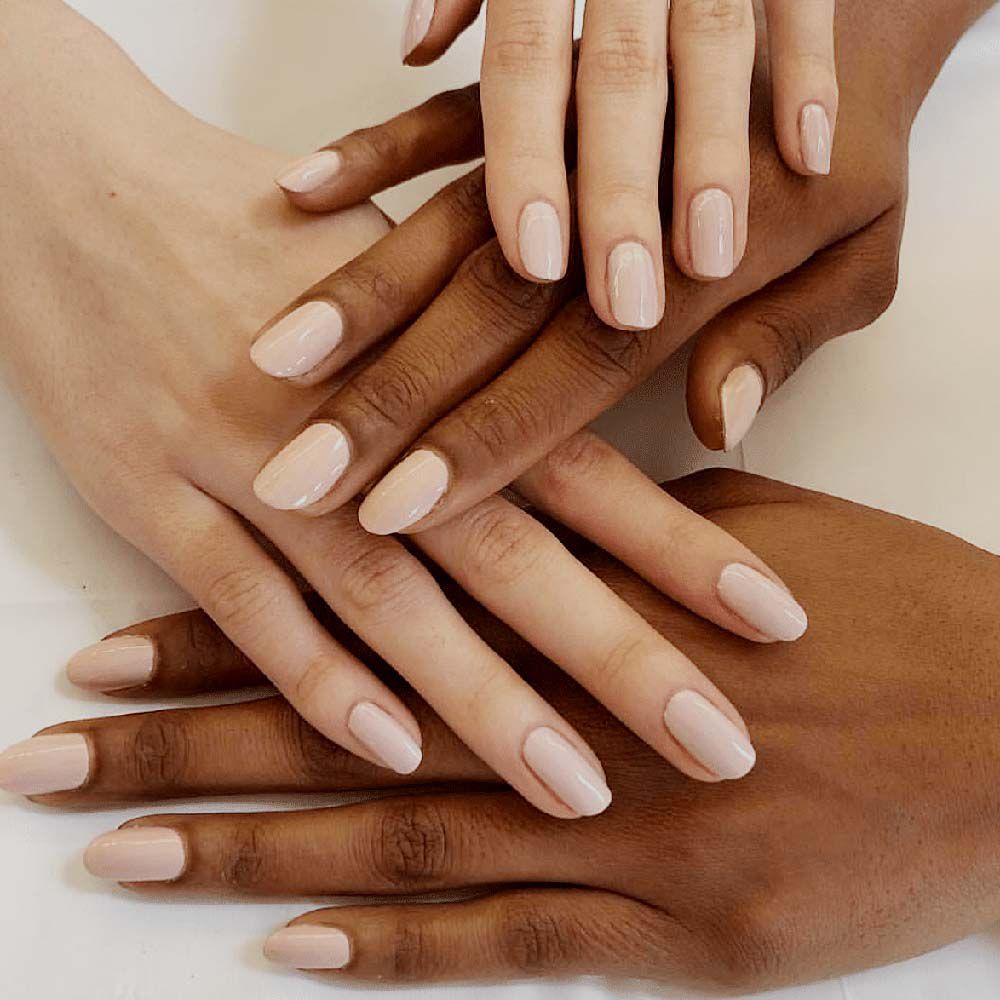
Understanding the Concept
A dry manicure is a specialized nail care routine that focuses on maintaining the health and appearance of your nails without the use of water or traditional nail polish removers. Instead of soaking your hands in water and using acetone-based removers, a dry manicure relies on specialized tools and techniques to gently buff and shape your nails.
The Waterless Approach
One of the key aspects of a dry manicure is the absence of water. Traditional manicures often involve soaking your hands in water, which can cause the nails to become soft and prone to splitting or breaking. With a dry manicure, your nails are never exposed to water, preserving their natural strength and flexibility.
Eco-Friendly and Chemical-Free
Another significant advantage of dry manicures is their eco-friendly and chemical-free nature. Traditional nail polish removers often contain acetone, a potent solvent that can dry out the nails and cuticles, leading to brittleness and peeling. Dry manicures eliminate the need for these harsh chemicals, making them a safer and more environmentally conscious choice.
Versatility and Customization
Dry manicures are versatile and can be customized to suit individual preferences and needs. Whether you prefer a natural look or want to incorporate nail art or gel polish, dry manicures offer a range of options to achieve your desired nail aesthetic while prioritizing the health and longevity of your nails.
Benefits of a Dry Manicure

Healthier Nails
One of the most significant benefits of a dry manicure is the promotion of healthier nails. By eliminating the use of harsh chemicals and excessive moisture, dry manicures help to preserve the natural strength and flexibility of your nails. This approach minimizes the risk of brittleness, peeling, and splitting, which are common issues associated with traditional manicures.
Environmentally Friendly
Dry manicures are an eco-friendly alternative to traditional nail care routines. By eliminating the use of water and harsh chemicals, they reduce water consumption and minimize the impact on the environment. This makes dry manicures an attractive choice for individuals who are conscious about their environmental footprint.
Time-Saving
Another benefit of dry manicures is that they can be a time-saving option. Unlike traditional manicures, which require soaking and drying time, dry manicures can be performed in a more streamlined manner, allowing you to get your nails done quickly and efficiently.
Versatility
Dry manicures offer versatility in terms of nail polish options. You can choose to go polish-free for a natural look or opt for gel polish, which can last longer than traditional nail polish. Additionally, dry manicures can accommodate various nail art designs and techniques, allowing you to express your creativity and personal style.
Reduced Risk of Infection
By eliminating the use of water and shared tools, dry manicures can help reduce the risk of spreading infections or fungal growths. This is particularly beneficial for individuals with compromised immune systems or those who are prone to nail infections.
How to Do a Dry Manicure

Preparation
Before starting your dry manicure, it’s essential to gather the necessary tools and ensure your nails are free of any existing polish or residue. Use a specialized dry manicure file or buffer to gently remove any remaining polish or debris.
Cuticle Care
Proper cuticle care is crucial for maintaining healthy nails. Use a cuticle pusher or nipper to gently push back the cuticles, being careful not to cut or damage them. Apply a nourishing cuticle oil or cream to keep the cuticles hydrated and healthy.
Shaping and Buffing
Once your cuticles are taken care of, it’s time to shape and buff your nails. Use a high-quality nail file to gently shape your nails to your desired length and shape. Follow up with a buffer to smooth out any ridges or imperfections and create a natural shine.
Polishing (Optional)
If you prefer to have polished nails, you can apply a gel polish or traditional nail polish at this stage. However, it’s important to note that gel polishes may require a UV or LED lamp for curing, so be sure to follow the specific instructions provided by the manufacturer.
Finishing Touches
After polishing (if desired), apply a nourishing hand cream or oil to keep your hands and nails hydrated. You can also incorporate additional elements, such as nail art or embellishments, to personalize your dry manicure.
Tools for a Dry Manicure

Nail Files and Buffers
High-quality nail files and buffers are essential tools for a successful dry manicure. Look for files made of high-grit materials, such as ceramic or glass, as they provide a smoother and more precise filing experience. Buffers are used to smooth out any ridges or imperfections and create a natural shine on the nails.
Cuticle Pushers and Nippers
Cuticle pushers and nippers are necessary for proper cuticle care during a dry manicure. Cuticle pushers are used to gently push back the cuticles, while nippers can be used to carefully trim any excess cuticle growth.
Nail Clippers and Scissors
Nail clippers and scissors are useful for trimming and shaping the nails before filing. Look for high-quality clippers and scissors specifically designed for nail care to ensure precise cutting and clean edges.
Cuticle Oils and Creams
Keeping the cuticles and nails hydrated is crucial for maintaining their health and appearance. Invest in nourishing cuticle oils and creams to keep your nails and cuticles moisturized and supple.
Gel Polish and UV/LED Lamps (Optional)
If you prefer to have polished nails during a dry manicure, you may choose to use gel polish. In this case, you’ll need a UV or LED lamp to cure the gel polish properly. Follow the manufacturer’s instructions for application and curing times.
Tips for a Dry Manicure
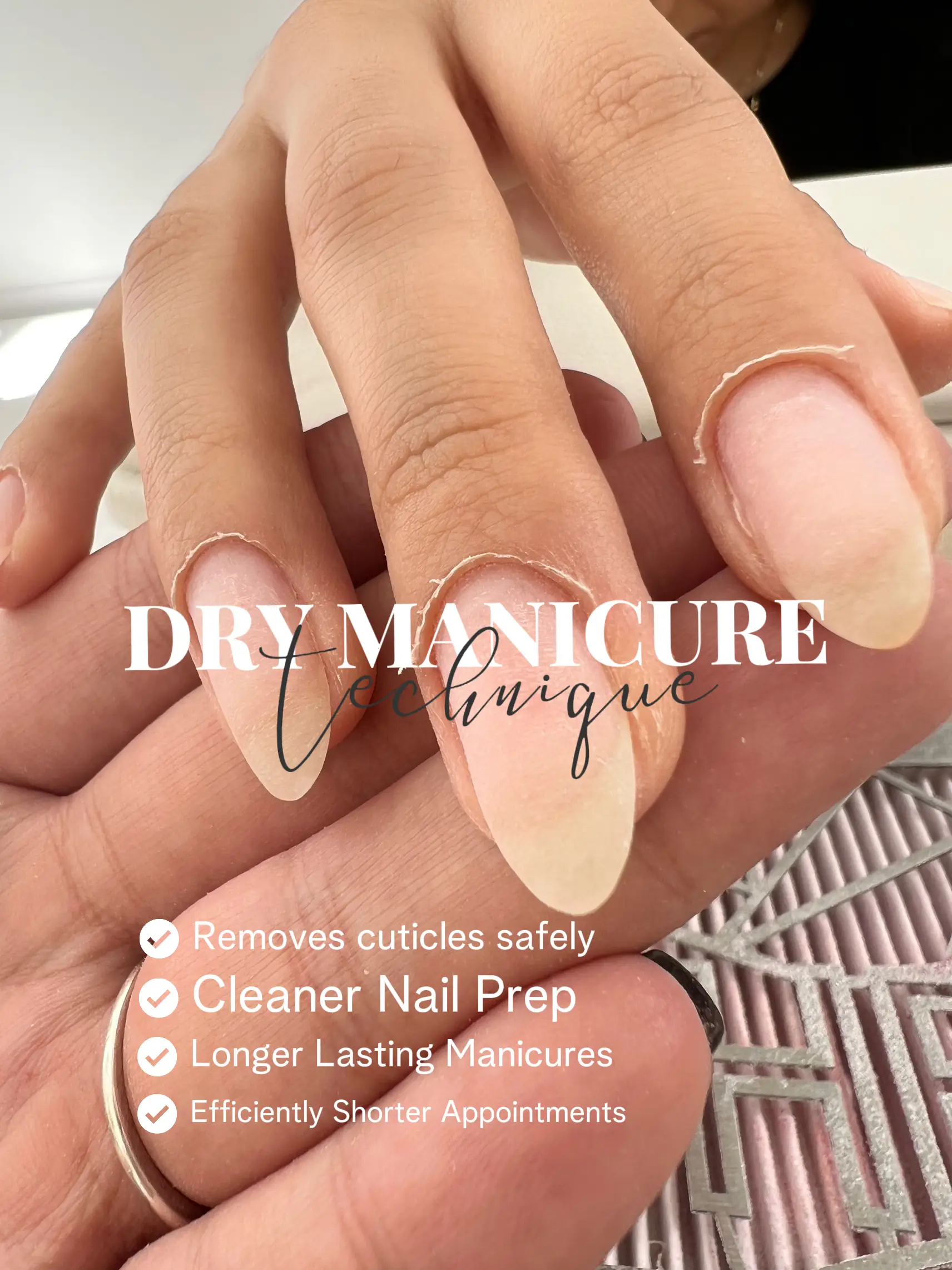
Proper Nail Preparation
Before starting your dry manicure, ensure that your nails are clean and free of any existing polish or residue. Use a specialized dry manicure file or buffer to gently remove any remaining polish or debris.
Gentle Cuticle Care
Cuticle care is essential for maintaining healthy nails, but it’s important to be gentle. Avoid cutting or pushing back the cuticles too aggressively, as this can lead to damage and potential infections.
File in One Direction
When filing your nails, always file in one direction to avoid creating rough edges or splitting the nails. Start from the outside edge of the nail and work your way towards the center.
Hydrate and Nourish
Keeping your nails and cuticles hydrated is crucial for their overall health and appearance. Apply nourishing cuticle oils and creams regularly to prevent dryness and brittleness.
Patience and Precision
A dry manicure requires patience and precision. Take your time and be gentle with your nails to achieve the best results. Avoid rushing or beingrough, as this can lead to damage and uneven nail surfaces.
When to Get a Dry Manicure

Regular Maintenance
Dry manicures are ideal for regular nail maintenance. If you prefer a more natural look or want to keep your nails healthy and strong between traditional manicures, a dry manicure is a great option. It allows you to shape, buff, and care for your nails without the need for water or harsh chemicals.
Special Occasions
For special occasions or events where you want your nails to look their best, a dry manicure can provide a quick and convenient solution. You can choose to polish your nails with gel polish or traditional nail polish for a polished and professional finish that lasts longer than regular polish.
Traveling
Dry manicures are also perfect for travelers who want to maintain their nail care routine on the go. Since they don’t require water or soaking, dry manicures can be done anywhere, making them a convenient option for those who are frequently on the move.
Nail Health Concerns
If you have sensitive nails or skin, or if you’re prone to infections or allergic reactions, a dry manicure may be a safer choice for you. By eliminating the use of water and shared tools, dry manicures can help reduce the risk of irritation and infection, keeping your nails healthy and strong.
Pros and Cons of Dry Manicure

Pros
- Environmentally friendly
- Time-saving
- Versatile nail polish options
- Reduced risk of infection
- Ideal for regular maintenance
- Convenient for travelers
- Safer for sensitive nails and skin
Cons
- Limited relaxation experience compared to traditional manicures
- May not provide the same level of pampering
- Requires specialized tools for optimal results
- Gel polish application may require additional equipment
- Not suitable for individuals who enjoy soaking and pampering experiences
Alternatives to Dry Manicure

Traditional Manicure
Traditional manicures involve soaking the nails in water, shaping, buffing, and polishing the nails. While they provide a relaxing and pampering experience, they may not be suitable for individuals with sensitive nails or skin.
Waterless Manicure
Waterless manicures are similar to dry manicures but may involve the use of oil-based products or creams instead of water. They offer a more hydrating experience while still avoiding the use of harsh chemicals and reducing the risk of infections.
DIY Manicure
For those who prefer to do their own nail care at home, DIY manicures are a cost-effective alternative. You can purchase high-quality nail care tools and products to perform a manicure at your convenience, following online tutorials or guides.
Professional Salon Manicure
Visiting a professional nail salon for a manicure is another alternative to dry manicures. Experienced nail technicians can provide a range of services, from traditional manicures to gel polish applications, tailored to your preferences and nail health needs.
Conclusion on Dry Manicure

Dry manicures offer a convenient, eco-friendly, and versatile alternative to traditional manicures. By eliminating the use of water and harsh chemicals, dry manicures reduce the environmental impact and minimize the risk of infections or irritations. They are ideal for regular maintenance, special occasions, travelers, and individuals with sensitive nails or skin.
While dry manicures may not provide the same level of relaxation or pampering as traditional manicures, they offer a time-saving option that allows you to care for your nails efficiently. With the right tools and techniques, you can achieve beautiful, healthy nails with a dry manicure. Consider trying a dry manicure for your next nail care routine and experience the benefits firsthand.


